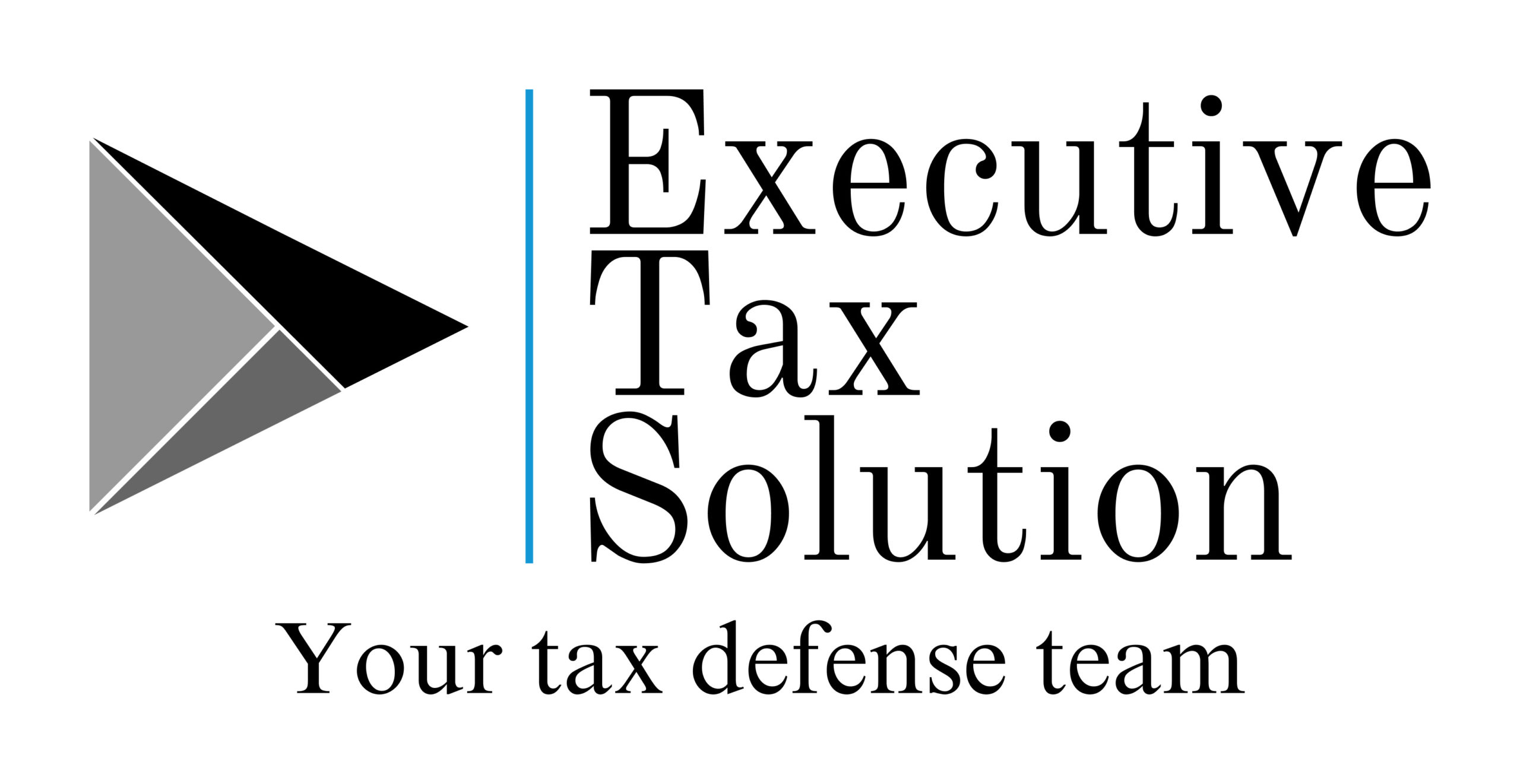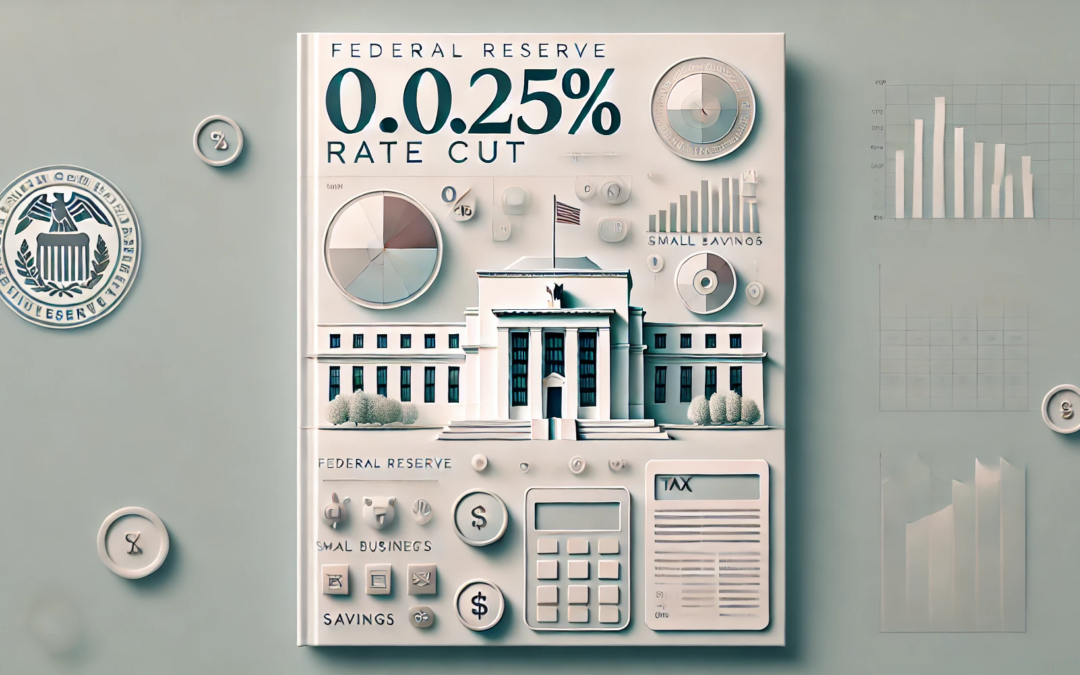As we approach the Federal Reserve’s November meeting, the financial world is abuzz with speculation about an impending interest rate cut. With strong job growth and steady GDP performance, a 0.25% rate cut seems all but certain. But how does this affect you—especially when it comes to your taxes and financial planning?
In this blog, we’ll explore the key factors behind the Fed’s rate cut decision, how it could shape the economy, and more importantly, what steps you should take to safeguard your financial future.

Benefits of lower interest rates
The Story Behind the 0.25% Rate Cut
The Federal Reserve has been steadily monitoring the U.S. economy. With the labor market remaining robust and GDP growth strong—recently revised upward to 3.0% for Q2—the odds of a larger 0.5% rate cut have dwindled. In fact, the CME Fed Watch Tool now shows a 97.4% chance of a 0.25% rate cut in November, signaling that the economy is stable enough to avoid drastic monetary easing.
However, this seemingly positive news carries implications for taxpayers and small business owners, and that’s where things get interesting.
How the Fed’s Rate Cut Could Affect Your Tax Strategy
When the Fed cuts rates, borrowing becomes cheaper. This can be a boon for individuals with mortgages, student loans, or credit card debt, as lower rates mean smaller interest payments. But what does this mean for your tax strategy? Here are a few key considerations:
- Home Mortgage Deductions: If you’re a homeowner, you likely deduct mortgage interest from your taxable income. With lower interest rates, your future interest payments could decrease, potentially reducing the size of your mortgage deduction. It may be worth exploring other deductions to make up for the potential shortfall.
- Investment Income: A lower interest rate environment typically encourages more people to invest. However, depending on your income level, you could face higher taxes on capital gains or dividends. This makes tax-efficient investment strategies, such as investing in tax-advantaged accounts, crucial.
- Business Loans and Depreciation: For small business owners, the interest paid on loans can often be deducted from taxable income. With lower interest rates, the deductible interest payments might decrease, impacting your overall tax liabilities. Reviewing your depreciation strategy might be a way to balance the books.
What About December? Could There Be Another Rate Cut?
As it stands, the odds are high that we’ll see another 0.25% rate cut during the Fed’s December meeting. If the Fed lowers the rate by 0.5% in total by the end of 2024, the Fed Funds Rate could fall to 4.5%, further easing the cost of borrowing.
For taxpayers, this opens up additional opportunities and risks. On the one hand, cheaper borrowing may stimulate more economic activity, increasing your income. On the other hand, you’ll need to stay vigilant, as changes in the tax code or unexpected economic downturns could catch you off guard.
How to Prepare for the November Rate Cut
So, what should you do before the rate cut in November? Here are a few steps to consider:
- Lock in Rates: If you’re planning to borrow, whether through a mortgage refinance, business loan, or personal loan, now might be the best time to lock in a favorable rate before the cuts take full effect.
- Review Tax Strategies: As interest rates fall, your deductions and liabilities may change. Speak with a tax professional to ensure your tax strategies remain optimized in light of changing economic conditions.
- Stay Informed: Keeping an eye on how the Fed’s decisions unfold over the coming months will help you make timely adjustments to your financial and tax strategies.
Conclusion
With the Federal Reserve poised to cut rates by 0.25% in November, the ripple effects across the economy will be significant. Whether you’re a small business owner, an investor, or simply managing your household budget, it’s crucial to understand how these changes will impact your financial picture.
To stay ahead of the curve, be sure to review your tax strategy and consider locking in borrowing rates now to maximize your savings.
For more insights on tax planning and financial strategy, visit our YouTube Channel for the latest updates: https://www.youtube.com/watch?v=fSUmoid9U-M.
Contact Information:
Executive Tax Solution
Phone: (469) 262-6525
Website: www.executivetaxsolution.com
Serving Sachse, Wylie, Murphy, and surrounding areas.

